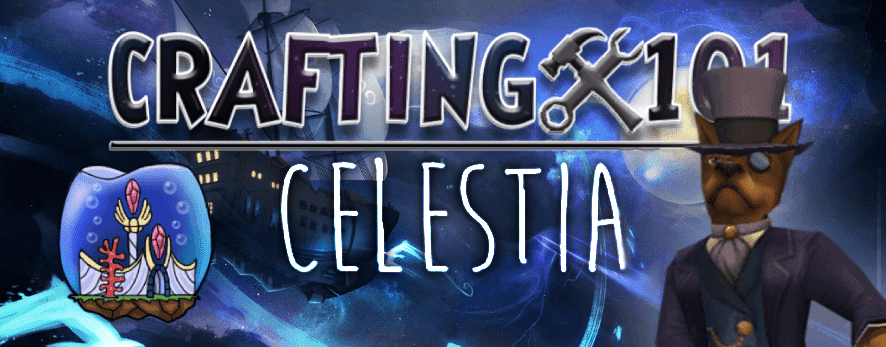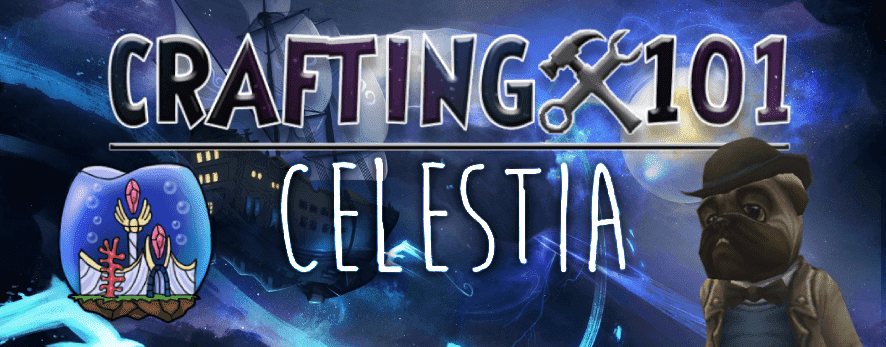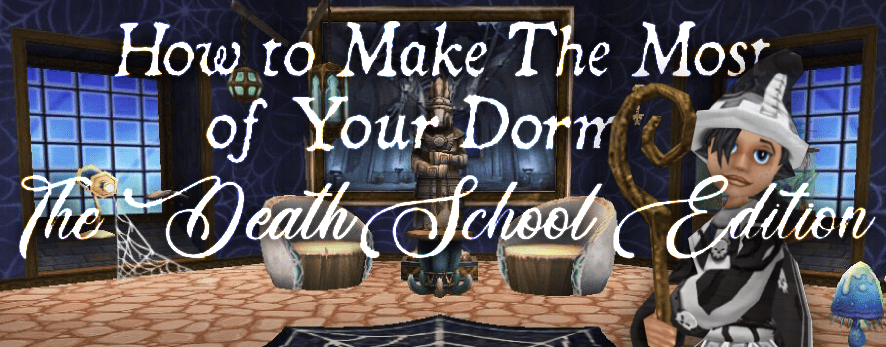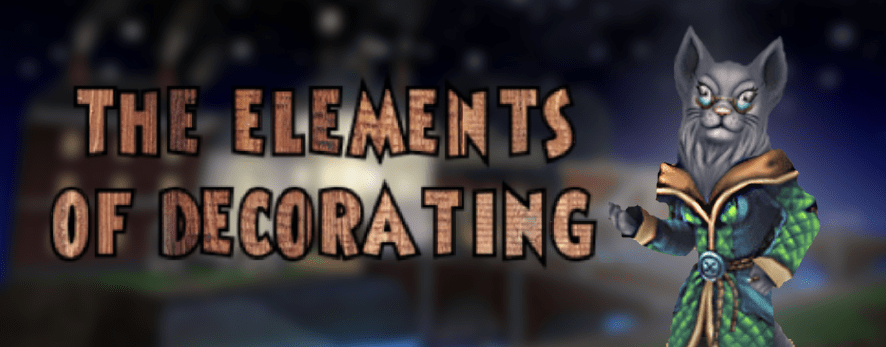Tag: free to play
-

Crafting101 – Zafaria
•
Today we will craft two Conga Drums and two Spirit Caller Drums for the quest “Drum a Little Drum” Welcome back to Crafting101, young Wizard! Congratulations on achieving your Grandmaster Artisan Badge. You are now well on your way to becoming a Legendary Crafter. The Zafaria crafting quest is unlike…
-

Crafting101 – Celestia | Pt 2
•
Today we will craft a Tea Set for the quest “Time for Tea.” Welcome back to Crafting101. In our second edition of Celestia crafting, we will go over Odgen Peake’s Tea Set request. You will find him in Survey Camp, Celestia, down the left path when arriving from the Spiral…
-

Crafting101 – Celestia | Pt 1
•
Tonight we will be learning how to craft The Seal of The Seven Seas for the quest “That Seven Seas Show” Welcome to Crafting101 young wizard, or welcome back if you’ve been following along on our journey. Now that you have achieved your Master Artisan Badge, you are well on…
-

Member Benefit Tier List!
•
Everyone loves a good old-fashioned tier list! Everyone loves Wizard101 member benefits! Why not combine the two and create our very own Member Benefit Tier List! I will list all the member benefits under a category, starting at D being the worst and finishing in the S tier being the best. Please note that…
-

Crafting101 – Dragonspyre | Pt 2
•
You didn’t think we were only going to cover the Life recipe and not the other schools did you? Well, if you did, don’t worry, we’ve got you covered! As we mentioned in Part 1, for your second crafting quest, Balthazar Dragonthorn gives you a quest that corresponds with your…
-

Christmas Festival 2018
•
Join Ravenwood Academy Saturday December 29th at 6pm Eastern to celebrate the season together with all of your community friends. We will be throwing a big house party and everyone is invited! There will be tons of fun for everyone with Gauntlets, PVP, Fishing, Mini Games, Freebie vendors, rides. We will be…



